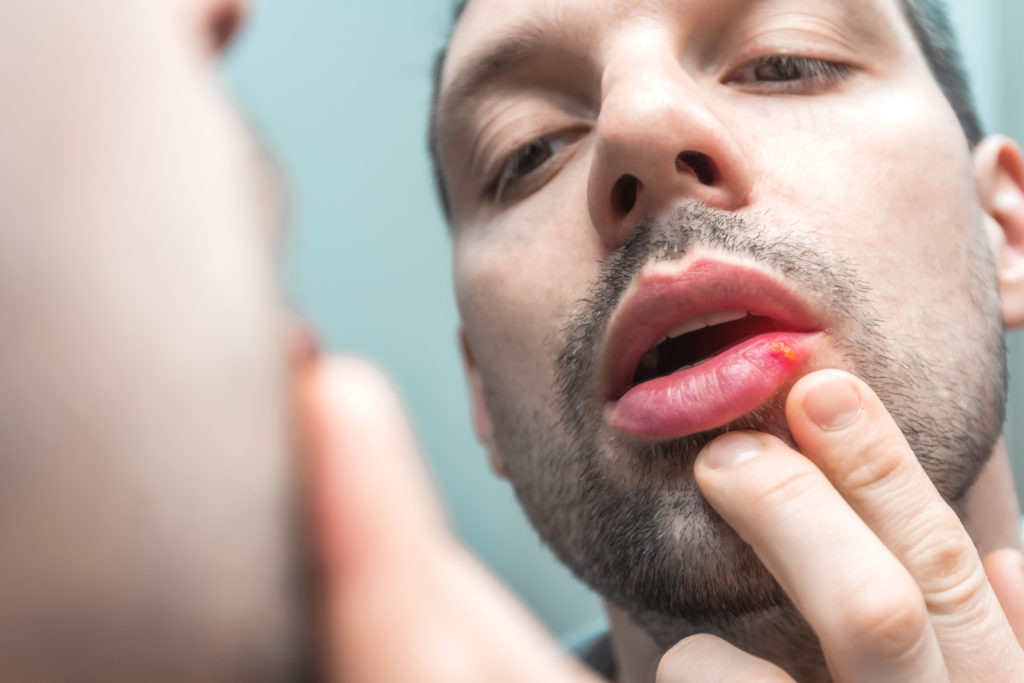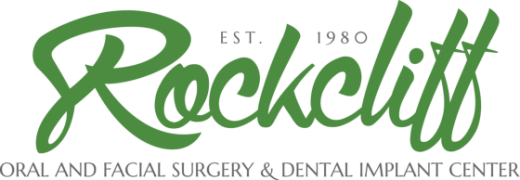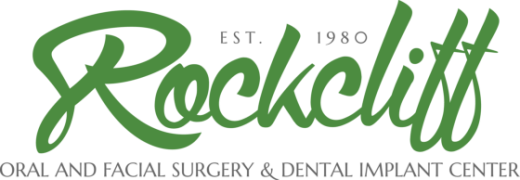
Around 10-15% of people are affected by oral mucosal diseases.
Oral mucosal diseases affect the tissues covering the lips, gums, cheeks, tongue, and roof of the mouth. They can be difficult to diagnose and specialized care is often needed. Oral mucosal diseases are often chronic and, if left untreated, can affect your quality of life.
Our surgeons are experienced in identifying and treating diseases of the mouth and jaws. We strive to provide the highest level of care using the best scientific evidence and proven surgical and nonsurgical treatments.
What common conditions occur in the mouth?
Premalignant Lesions
Most white or red patches in the mouth are harmless but some have the potential to turn into cancer. This occurs when abnormal cells develop in the tissues of the mouth, especially after repetitive exposure to cancer causing agents such as tobacco or alcohol. These abnormal cells are called dysplasia.
Oral epithelial dysplasia usually appears as white or red patches in the mouth that cannot be rubbed off. Progression of oral dysplasia is unpredictable, with abnormal cells either spontaneously reverting to normal tissue, remaining the same, or turning into cancer. There is an increased risk of transformation into cancer the first five years after dysplasia occurs with a reduced risk afterwards.
Treatment starts with correctly identifying the white or red patch. A small sample of tissue, called a biopsy, will be removed from the abnormal tissue and sent to a pathologist for identification. Once dysplasia has been identified our surgeons will then recommend the best treatment to remove the lesion with the lowest chance of reoccurrence.
Removing all visible abnormal tissue does not completely prevent future development of dysplasia. Repetitive exposure to tobacco or alcohol can result in even normal appearing tissue having the potential for malignant transformation. Long term surveillance is recommended for all patients with oral dysplasia regardless of treatment.
Traumatic Lesions
Injuries to the mouth are very common. They can be due to repetitive trauma from dentures, sharp teeth rubbing on tissues, or accidental cheek biting. Often repetitive trauma results in white or red patches that can mimic precancerous lesions
Autoimmune Lesions
Some oral mucosal diseases occur when the immune system mistakenly attacks the tissues of the mouth. It is unknown why this sometimes occurs. Oral lichen planus, mucosal pemphigus vulgaris, mucous membrane pemphigoid, lupus erythematosus, chronic aphthous stomatitis are common oral autoimmune diseases. Diagnosis is confirmed with a biopsy. Oral autoimmune diseases are often treated with medications if painful, swollen, or irritated.
Infectious Lesions
Many bacterial, viral, or fungal infections can occur in the mouth and jaws. Common diseases include cavities, gum disease, herpes simplex (cold sores), or candidiasis (thrush). Human papillomavirus (HPV) can cause many abnormal growths in the mouth and is the leading cause of cancer in the throat.
An infection of the jaw is called osteomyelitis. This can occur when a dental infection is not promptly treated resulting in infection and death of the jaw bone. Osteomyelitis is treated by removing the dead or damaged jawbone and at least six weeks of antibiotic therapy. Often collaboration with an infectious disease physician is necessary.





